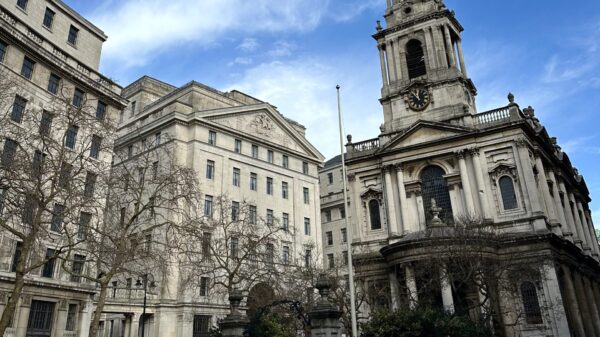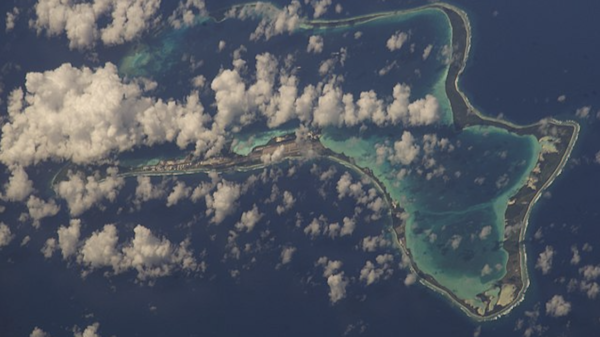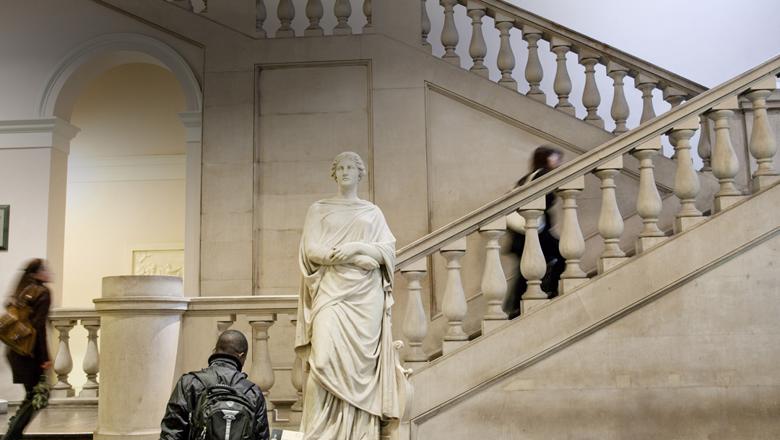Staff writer Yusra Khan analyses guerrilla journalism through numerous global perspectives, highlighting the socio-political contexts in which the journalistic practice operates.
Guerrilla journalism, which is distinguished by its unorthodox and grassroots methods of reporting, has become well-known around the world as a means of undermining mainstream media narratives and giving voice to the voiceless. This type of journalism uses social media and digital platforms to swiftly and broadly spread information. It is usually carried out by individuals or small groups outside of major media institutions.
To put it simply, this kind of journalism is what the citizen does when they decide to write a story about something newsworthy that mainstream attention is not drawing attention to. There are many different styles and varieties of guerrilla journalism and, although some of it is informative and beneficial, there is also a significant quantity of false information disseminated by non-guerrilla journalists. This section specifically focuses on how the world perceives the working of Guerrilla journalism adopting a socio-political lens to the issue.
Guerrilla journalism in the Western world
Social media’s ability to disseminate information quickly and engage audiences directly has made it possible for regular people to cover events and topics that are either ignored or misunderstood. Guerrilla journalism is frequently praised in Western democracies as a democratising media force. Guerrilla journalists, for example, played a critical role in providing uncensored and real-time news during movements such as the Black Lives Matter (BLM) Movement in the United States.
We can take into consideration the BLM movement. With evidence of police officers turning off their cameras during violent altercations with citizens, and filtering or cutting clips to sanitize news coverage at large news houses, the BLM movement was already an environment for guerrilla journalists. With neither the police nor large media houses on the side of protestors nor the victims they are protesting for, taking videos and photos has become a central fixture of the movement.
Through guerrilla journalists and other citizens taking pictures of dangerous police altercations, there is evidence to corroborate what the police department may deny. It keeps truth alive by the very fact that it was recorded by everyone else. Even at BLM protests, protestors remain vigilant and record the police when they grow intimidating to the crowd. With videos being spread on social media, it can galvanise others into learning the truth of the events, but they are still subject to becoming props of misinformation.
Due to the lack of traditional editorial oversight and fact-checking mechanisms, these practices face difficulties, including questions about accuracy, credibility, and ethical standards. This has sparked discussions about the duties of guerrilla journalists and the need for ethical guidelines.
Authoritarianism and the journalists who report on it
Guerrilla journalism frequently acts as a lifeline for the dissemination of information that the state-controlled media suppresses under authoritarian regimes. In these areas, guerrilla journalists bear heavy dangers in revealing socioeconomic inequities, human rights violations, and corruption in the government.
For instance, in nations where the government strictly controls the media, such as China and Russia, guerilla journalists utilize internet technologies to get beyond censorship and reach audiences throughout the world.
To further instantiate, in 2004, editors of Southern Metropolis Daily in China were dismissed due to their “rogue” journalistic activities that did not align with political goals. However, despite there being tightened control on media houses and restrictions on free speech, their efforts are vital in generating support for democratic changes and drawing attention to regional problems on a global scale.
The developing nations’ perception
Guerrilla journalism fills in the gaps left by underdeveloped or restricted media infrastructures in poor nations. It gives underprivileged populations a forum to tell their tales and fight for their rights.
Guerrilla journalists, for example, cover topics that the mainstream media frequently ignores, such as poverty, environmental degradation, and indigenous rights, in many African and Latin American countries. For example, in Latin America, small non-profit news houses have targeted and criticized corrupt governments by risking themselves and their organisations, inevitably facing threats and legal action.
Guerrilla journalism has a significant influence on social action and community mobilization in these areas in addition to spreading information. This can also affect policy changes and mobilize public opinion by drawing attention to regional concerns leading to social and political revolutions. This rise has also seen a collaboration between various guerrilla media outlets allowing legal and corporate support as well as ensuring optimum reach to the public.
Current status?
Contemporarily, Guerrilla journalism, apart from traditional media structures, continues to have a profound impact on global actions and international relations, as well as affecting the daily lives of citizens worldwide.
For instance, Iranian guerrilla journalists and personnel used encrypted messages, armed struggle, and awareness movements such as the Siakal Incident in 1971, to raise their voices against human rights abuses. Considering the strict and controlling nature of the government, the information gained from these journalists kept protests alive.
Similarly, in 2020, Belarus’s presidential elections saw a rise of guerrilla journalists generating mass displays and protests providing present updates and narratives deviating from the state-controlled media. Moreover, Palestinian journalists in Gaza, like Bisan Owda and Motaz Azaiza, despite being targeted by the Israeli military, have taken action to provide current updates on the atrocities taking place due to the Israel-Palestine conflict.
They ensure awareness of Israeli mass atrocities against Palestineans by sharing, documenting and streaming their experiences. Not only against themselves as individuals, but their families affected by growing Islamophobia and racism. Their awareness also spurs activism; their reporting has convinced global viewers to join hands in providing support.
Another aspect is the challenging provision of information and the determined efforts of guerrilla journalists to generate awareness of communal rivalries. For instance, there has been a spread of extremist ideologies and consequent actions between different communities owing to mass religious miscommunication in India conducted by a few religious extremists, resulting in strained relations between the government and some of the citizens. As a result, this has generated obstacles for guerrilla journalists as well as created a new deteriorating atmosphere of tension between communities as well.
The use of guerrilla journalism by small media houses demonstrates the growing popularity of individual reporting. As more people grow uninterested in the perceived bias and political influence, there is a discernible decline in interest in traditional news sources and a growing interest in guerrilla news, owing to its honesty and independence in the current world of corruption and violence.
Penultimate year undergraduate, International Relations














